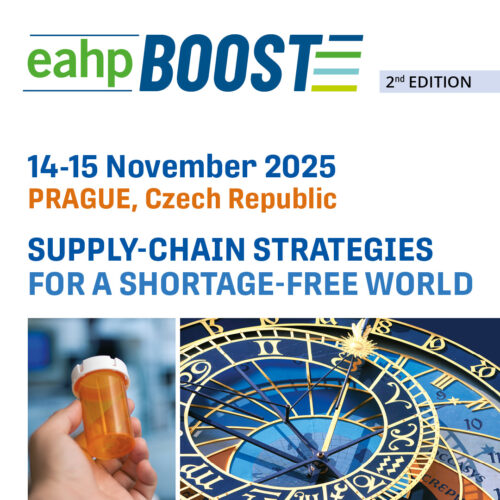ACPE UAN: 0475-0000-15-029-L05-P. An application based activity.
Abstract
A patient safety incident has been described as “any unintended or unexpected incident which could have or did lead to harm for one or more patients.” (NPSA, 2011) This may be applicable to any stage the patient is at in their journey through a healthcare setting; this symposium will focus on patient safety in a hospital environment.
As part of the multidisciplinary team, the pharmacist has a contribution to make to improve patient safety. This is especially so since evidence suggests that most incidents related to patient safety in a hospital are linked to medication errors. The USA-based Institute of Medicine (IOM) estimates that one medication error occurs per hospitalized patient per day with research elsewhere reporting similar findings. (WHO, 2012) Patients may be at increased risk of medication errors due to a wide range of factors such as more complex regimens, co-morbidities and communication problems including memory issues or language barriers.
Various models have been developed and tested to improve patient safety and many aim to change ways of working within organisations. This workshop will introduce the “How to Improve” model adopted by the Institute of Healthcare Improvement. (IHI, 2014)
The symposium has been developed with considerable student input and is planned to be interactive and with participant involvement through discussion, group working and case-based learning. Broad ranging aspects will be explored including ethical dilemmas, inter-professional communication and student perceptions of patient safety.
Participants will be provided with materials to take home following the symposium for further consideration and exploration of the topic.
Teaching goal
At the end of the workshop participants will be able to relate to aspects of patient safety and medication errors within a hospital environment and have had an opportunity to apply the ‘Plan, Do, Study, Act (PDSA)’ method for healthcare improvement in the context of pharmaceutical care.
Learning Objectives
After the presentation the participant should:
• gain an understanding of and define terminology associated with patient safety and medication errors,
• develop an awareness of and be able to identify facilitators and barriers to patient safety in a hospital environment including the role of ethics and interprofessional communication,
• be able to recall the basic knowledge of the ‘Plan, Do, Study, Act (PDSA)’ health improvement methodology and apply this to pharmaceutical care scenarios to consider how to change ways of working within an organization.
References
Institute for Healthcare Improvement (IHI), 2014. How to improve. http://www.ihi.org/resources/Pages/HowtoImprove/default.aspx
National Patient Safety Agency (NPSA), 2011. What is a patient safety incident? http://www.npsa.nhs.uk/nrls/reporting/what-is-a-patient-safety-incident
World Health Organisation (WHO), 2012. Patient Safety, A World Alliance for Safer Patient Care.
http://www.who.int/patientsafety/education/curriculum/course11_handout.pdf
























